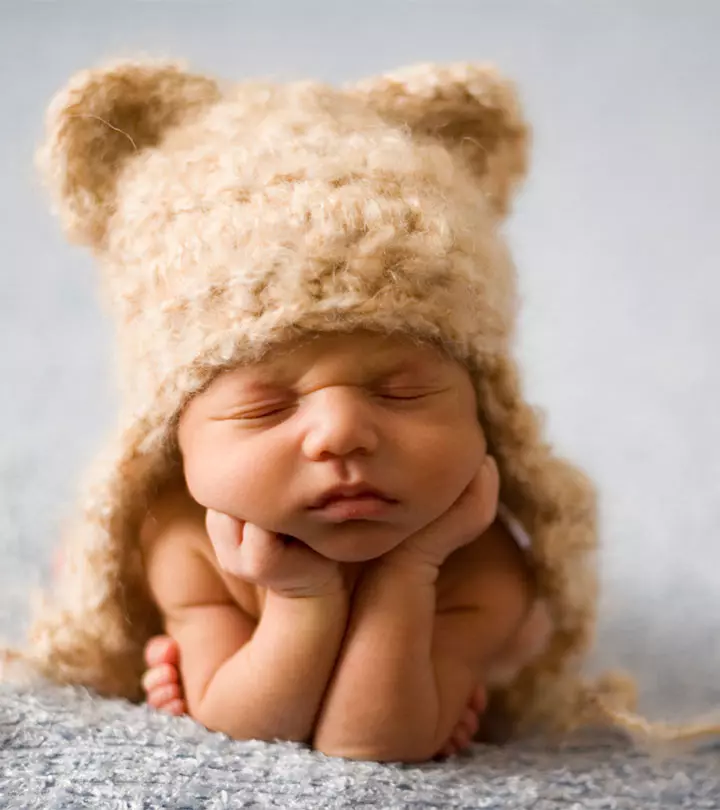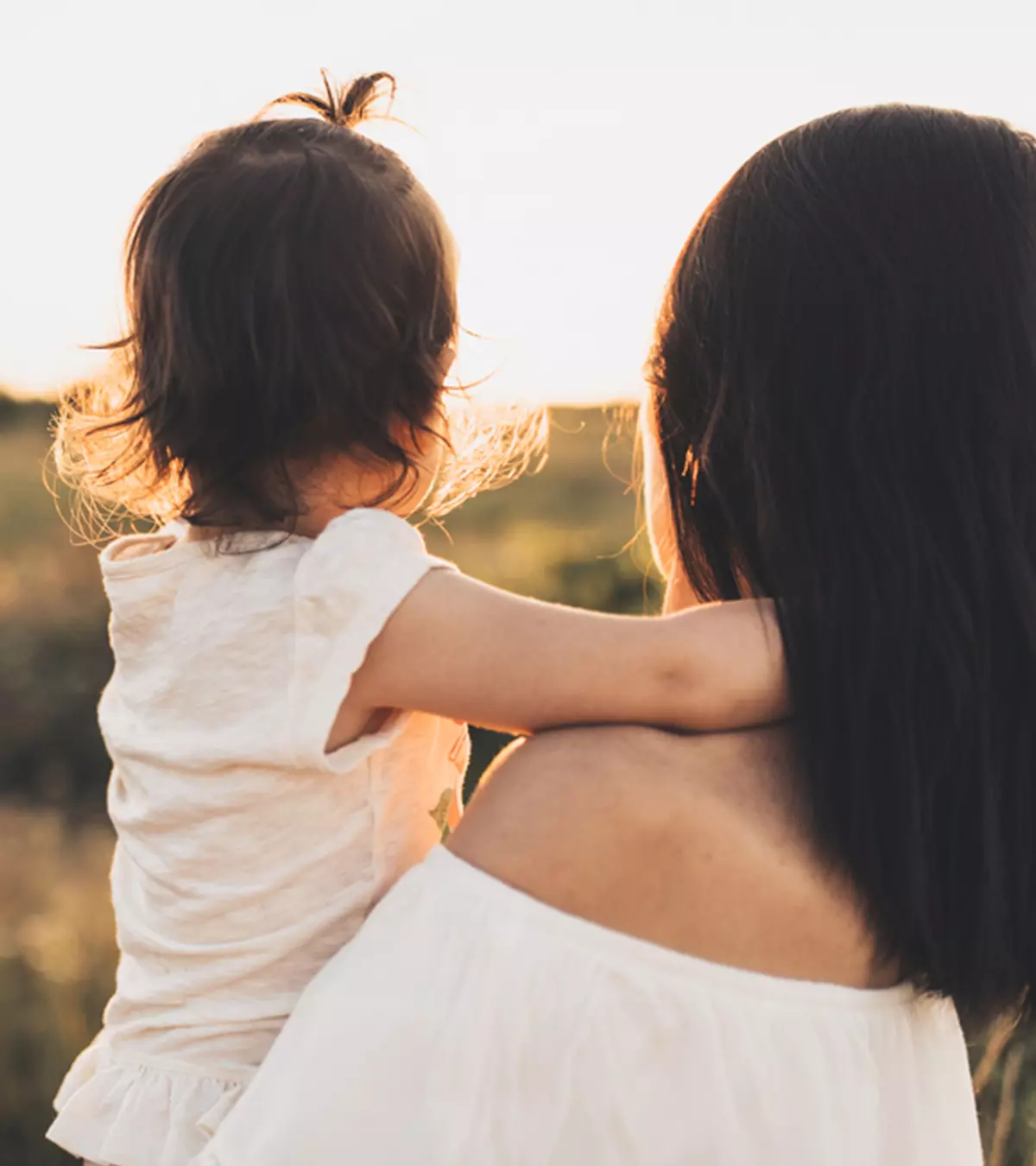

Image: iStock
Babies are full of wonder. But here are 37 facts about babies that will leave you amazed:

- Newborns are more inclined towards turning their head to the right than to the left.
- A baby has 300 bones at birth. While growing up, these bones fuse to make the 206 bones of adults.
- Babies have a protein called ‘noggin’ which keeps out the skull from fusing.
- Babies can’t taste salt at least till they are four months old. It might be nature’s way to prevent salt intake because their kidneys that can metabolize sodium at around this age will start develping now.
- When compared to an adult, a baby’s eyes are 75% their eye-size, and their vision is around 20/400. A baby’s vision reaches 20/20 at the age of six months.
- Of all the sense organs, it’s only the inner ear in babies that develops fully by birth. They develop fully and are of the adult size halfway through the pregnancy.
- It was a common practice in medieval Europe to use leeches to treat babies’ illnesses.
- In China, there are babies born with birth defects every 30 minutes. The birth defects have risen by nearly 40% since 2001.
- About 4 million children are born in the US every year. About two or three in a thousand children are born deaf or hard-of-hearing in the United States. Most of these children lose their hearing ability as they grow up.
- The first baby born in Antarctica was Emilio Marcus Palma in 1978.
- A newborn urinates every twenty mintues and hourly by the time it turns six months old.
- A newborn’s intestines are elevent feet long and double as the child grows into an adult.
- Among all primaes, it’s only human babies who can make social smiles.
- Babies make their first social smiles between four and six weeks after birth.
- Babies can distinguish between the touch of bristles of different diameters just within few days of birth.
- Babies can identify the voice and the smell of their mother from the time of birth, but may take few weeks to see the differece between other adults and its very own mother.
- Apparently nodding our heads to mean a ‘no’ comes from the fact that babies nod their heads that way when they refuse food once they are full.
- A baby is born once every three seconds in the world.
- When compared to an adult who on an average has only one-eighth of the total body length, a baby’s head is proportionately huge which is being one-quarter of the total body length.
- Babies have 10,000 taste buds, which is way higher than that of adults. The tastebuds occur on the sides, the back and the front of the toungue and also on the roof of the mouth. The additional tastebuds disappear while growing up.
- In United States, Februrary turns out to be the month when least babies are born. Also more babies are born in late summers or fall when compared to the other times of the year. Morever, in the US more babies are born on Wednesdays than other days. Sundays happen to be the days with lowest birth rates there.
- Babies have no knee-cap at birth. They develp fully only by the sixth month of their lives.
- A baby clasps things so strong that its entire body can suspend in air with its body being supported by bent fingers alone.
- Babies respond positively by the scent of its mother’s milk even when exposed to the soaked breastpads of other mothers. Interestingly a blindfolded mother can identify her child from others simply by the scent of her baby.
- At the time of birth, the heart beat of a baby is at 180 pulses per minute. It falls to 140 pulses/ minute within few hours after birth. By a baby’s first brithday, its heart rate is 115/minute. Towards adulthood, the average resting level is 70-80 beats/minute.
- Babies can swallow and breath at the same time until they are seven months old.
- New babies like to look at drawings of a face than patterns and like to smile at the grumpy ones.
- From the time of conception to nine months, a baby’s weight increses by 3,000 million times. From the time of birth to the second year, an infant would have quadrupled its size.
- The largest number of babies born to a woman is 69. A Russian peasant woman between 1725 and 1765 gave birth to 16 sets of twins, seven sets of triplets and four sets of quadruplets.
- Babies born in May are usually heavier by 200 grams than the babies born in other months.
- New parents in America spend about $7000 in the first year on baby items.
- An average baby will have 2,700 diaper changes a year.
- One in hundred newborn babies has a discharge of milk from the nipples – this includes the male babies. It is on account of high levels of maternity hormones that pass through placenta during pregnancy. Interestingly premature babies never discharge milk.
- Girl babies spend more time in their mother’s uterus when compared to the male babies. On the other hand white babies stick five days more than black babies within the mother’s womb while Indian babies stay in six days more than the white babies in their mothers’ womb.
- Most babies lose most of their hair that they were born with within the first three or four months of their lives.
- Babies learn that uniqueness of each object only by their sixth month. Until then they can’t differentiate between a tree with a bird perching on it and a tree without the bird.
- Babies are not born with tears that indicate emotional distress. They are born with basal tearing that are meant to keep the eyes moist.
Community Experiences
Join the conversation and become a part of our nurturing community! Share your stories, experiences, and insights to connect with fellow parents.












